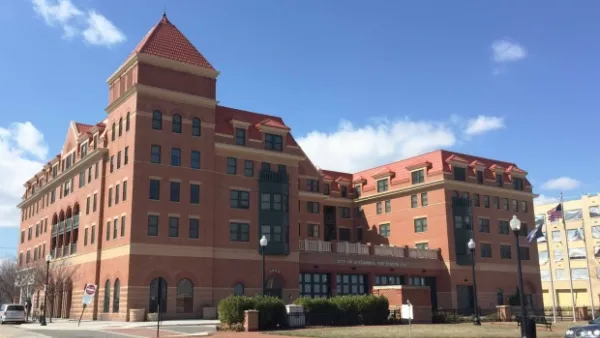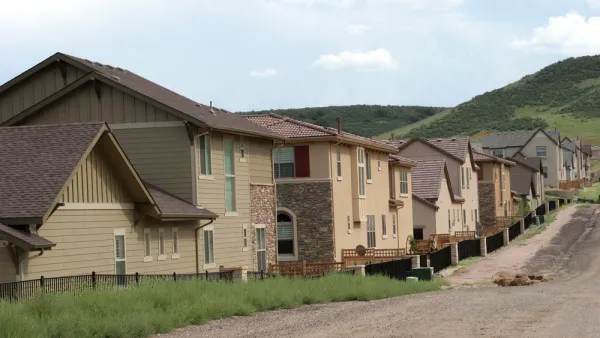What do the residents of Vancouver's False Creek North think of living in one of the largest centrally located, high-density, pedestrian- and family-oriented mixed-use neighbourhoods in the world?
What do the residents of Vancouver's False Creek North think of living in one of the largest centrally located, high-density, pedestrian- and family-oriented mixed-use neighbourhoods in the world?
Hardly anyone thinks to ask the people who move in after a project is designed and built. In this case, graduate students at UBC's School of Community and Regional Planning, under the guidance of Professors Wendy Sarkassian and Larry Beasley, set off to find out how False Creek North is meeting the needs of those who call it home. They asked for the good and bad, and after engaging over a thousand people, including students at the local elementary school, they reported out.
You can read the full study - Living in False Creek North - for yourself.
I've also devoted a full issue of my online magazine "Price Tags" to their findings, and included some background on the development of False Creek since the days (a century ago) when it was a polluted industrial basin.
The most fascinating result? Ninety-six percent of the residents said they would recommend the area to others to come and live there - a level not reported in any other studies that the team was able to find so far.
The greatest concern, on the other hand, is a consequence of the project's own success. increasing unaffordability. False Creek North may be one of the only places where people want the empty sites reserved for affordable housing to be built out as soon as possible.
They also want more schools and child-care centres. There are more children among the ten thousand residents in this highrise community than in some of the older nearby suburbs, and there's a shortage of services for both toddlers and young teens. One thing for sure: high-density housing does not discourage people from raising families, so long as they're planned for.
Residents were also less than enamoured with the architecture: too monotonous, gray and green. Suite design needs more flexibility. Residents would like a greater range of shopping. They love their community centre, the parks and the seawall, but have problems with dogs. Parking for visitors is an issue; personal safety isn't.
You can see it all for yourself - and much more - in Price Tags 104.

National Parks Layoffs Will Cause Communities to Lose Billions
Thousands of essential park workers were laid off this week, just before the busy spring break season.

Retro-silient?: America’s First “Eco-burb,” The Woodlands Turns 50
A master-planned community north of Houston offers lessons on green infrastructure and resilient design, but falls short of its founder’s lofty affordability and walkability goals.

Delivering for America Plan Will Downgrade Mail Service in at Least 49.5 Percent of Zip Codes
Republican and Democrat lawmakers criticize the plan for its disproportionate negative impact on rural communities.

Test News Post 1
This is a summary

Test News Headline 46
Test for the image on the front page.

Balancing Bombs and Butterflies: How the National Guard Protects a Rare Species
The National Guard at Fort Indiantown Gap uses GIS technology and land management strategies to balance military training with conservation efforts, ensuring the survival of the rare eastern regal fritillary butterfly.
Urban Design for Planners 1: Software Tools
This six-course series explores essential urban design concepts using open source software and equips planners with the tools they need to participate fully in the urban design process.
Planning for Universal Design
Learn the tools for implementing Universal Design in planning regulations.
EMC Planning Group, Inc.
Planetizen
Planetizen
Mpact (formerly Rail~Volution)
Great Falls Development Authority, Inc.
HUDs Office of Policy Development and Research
NYU Wagner Graduate School of Public Service





























